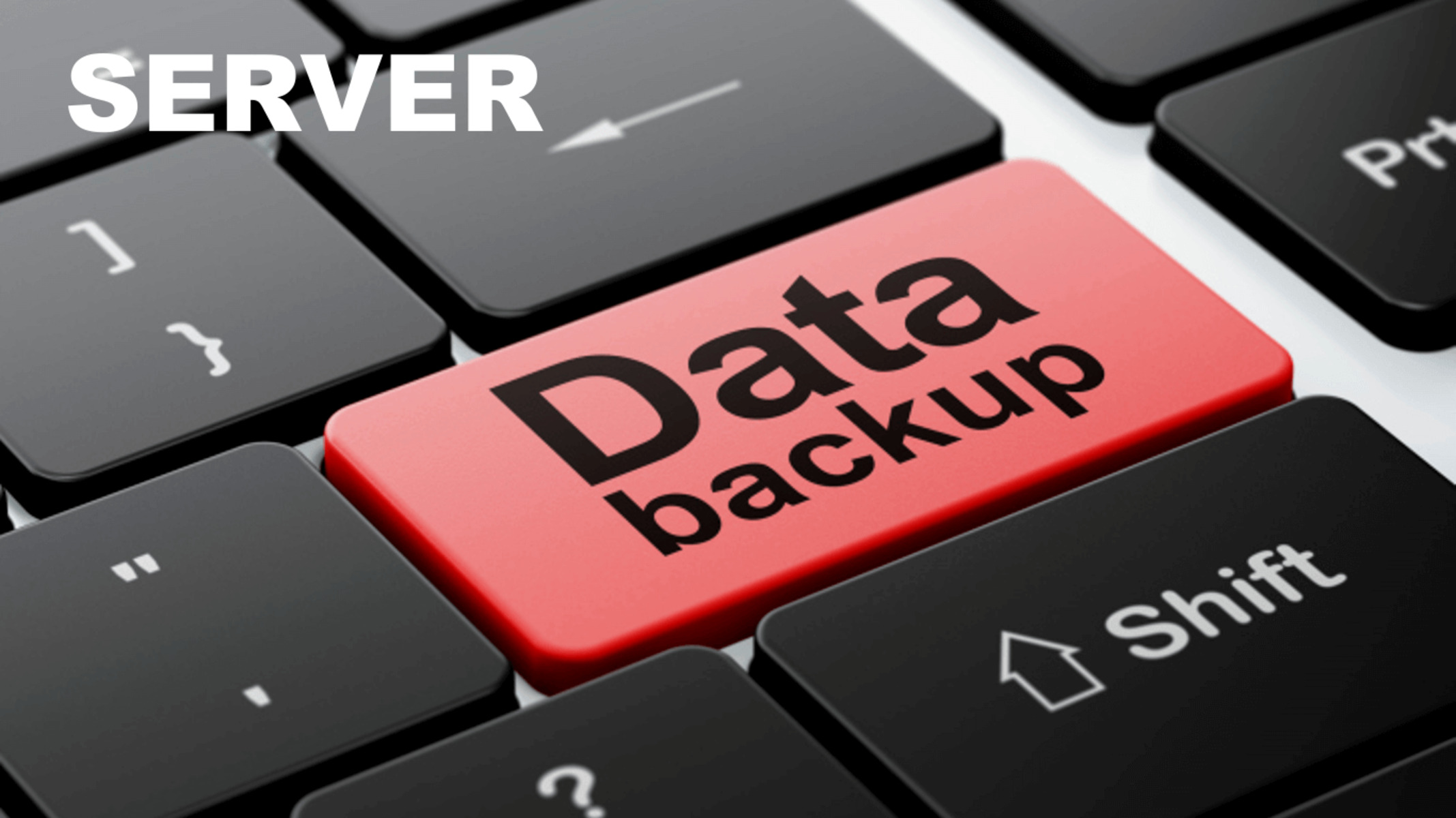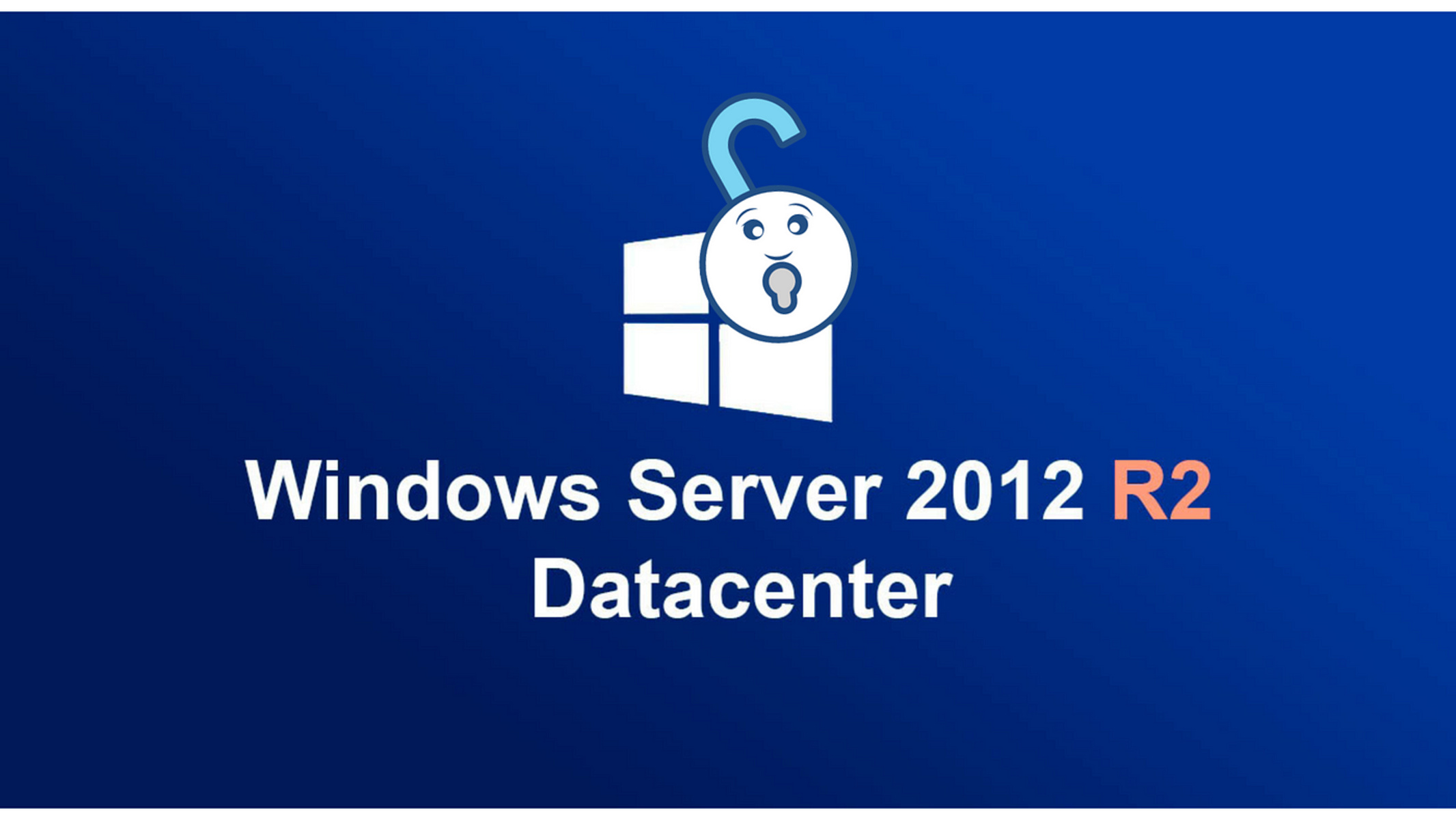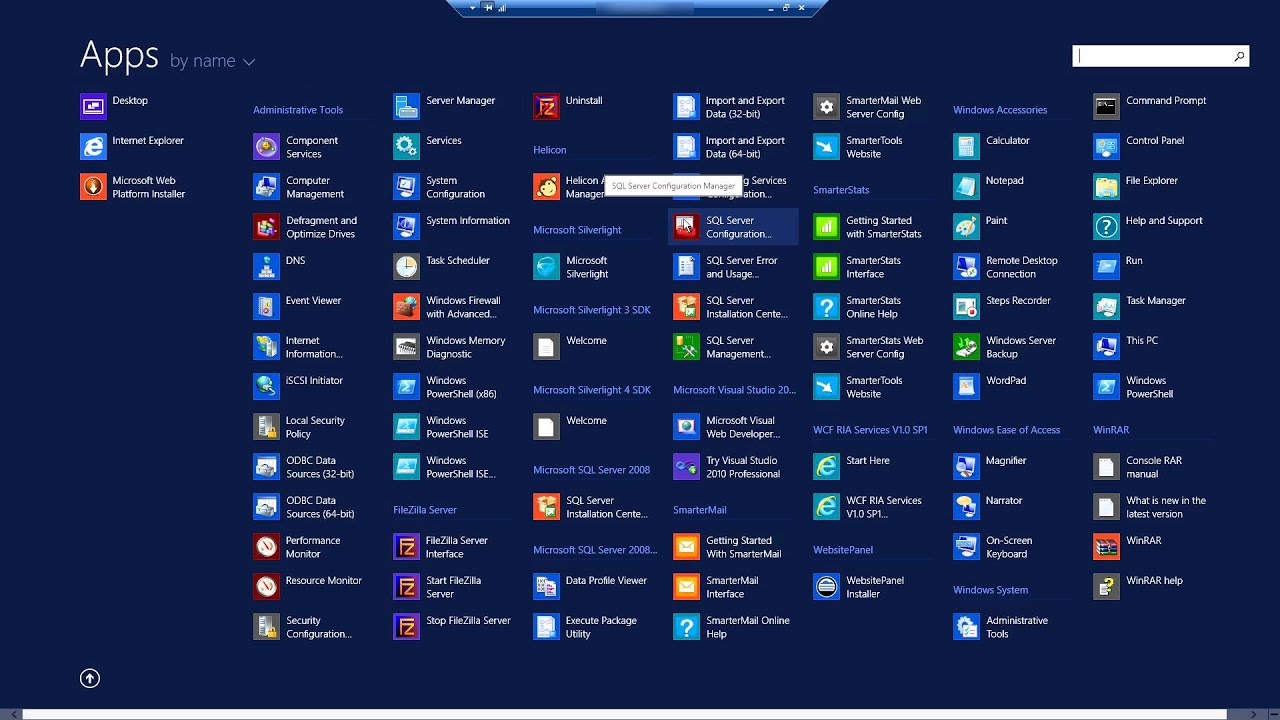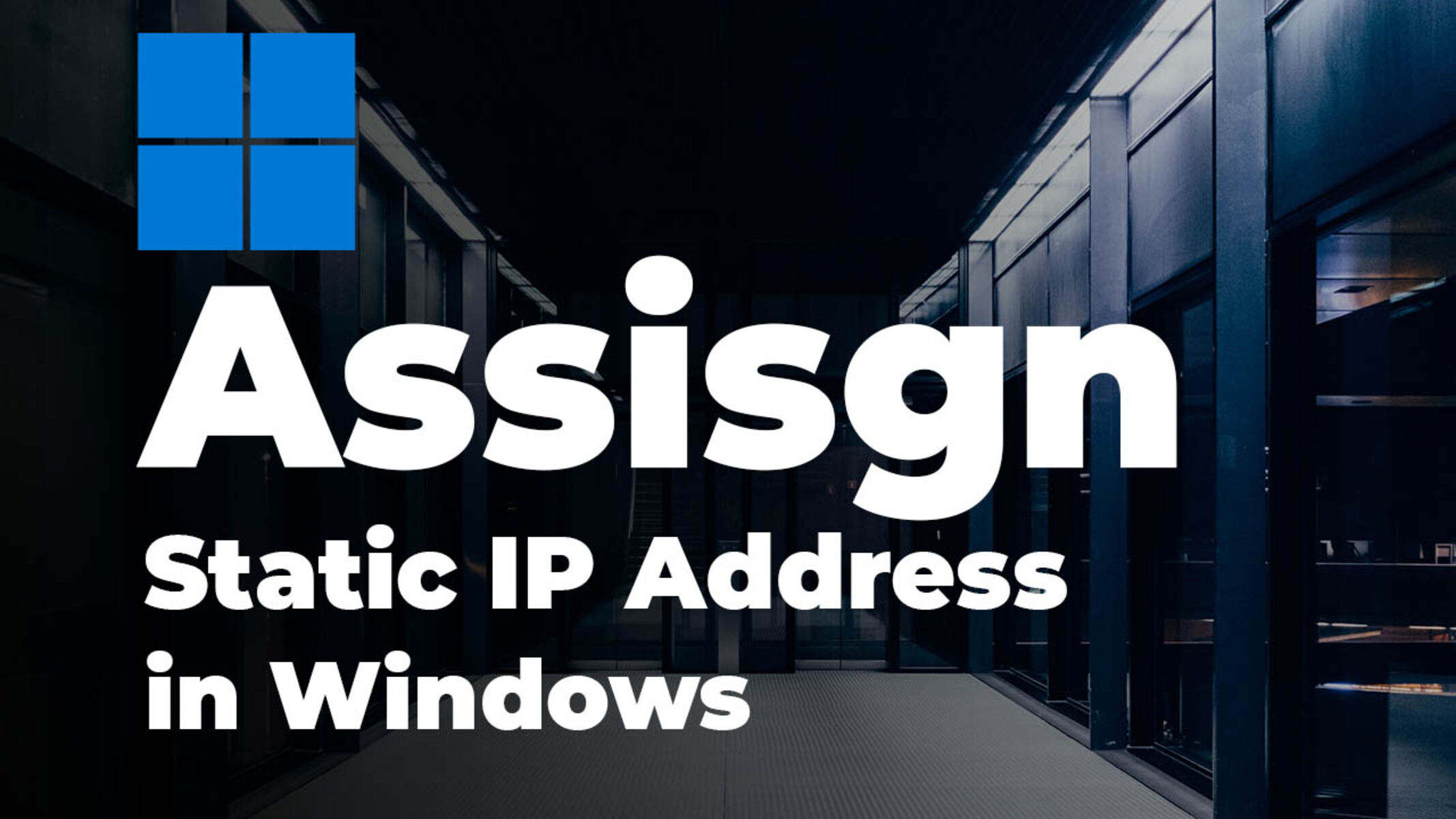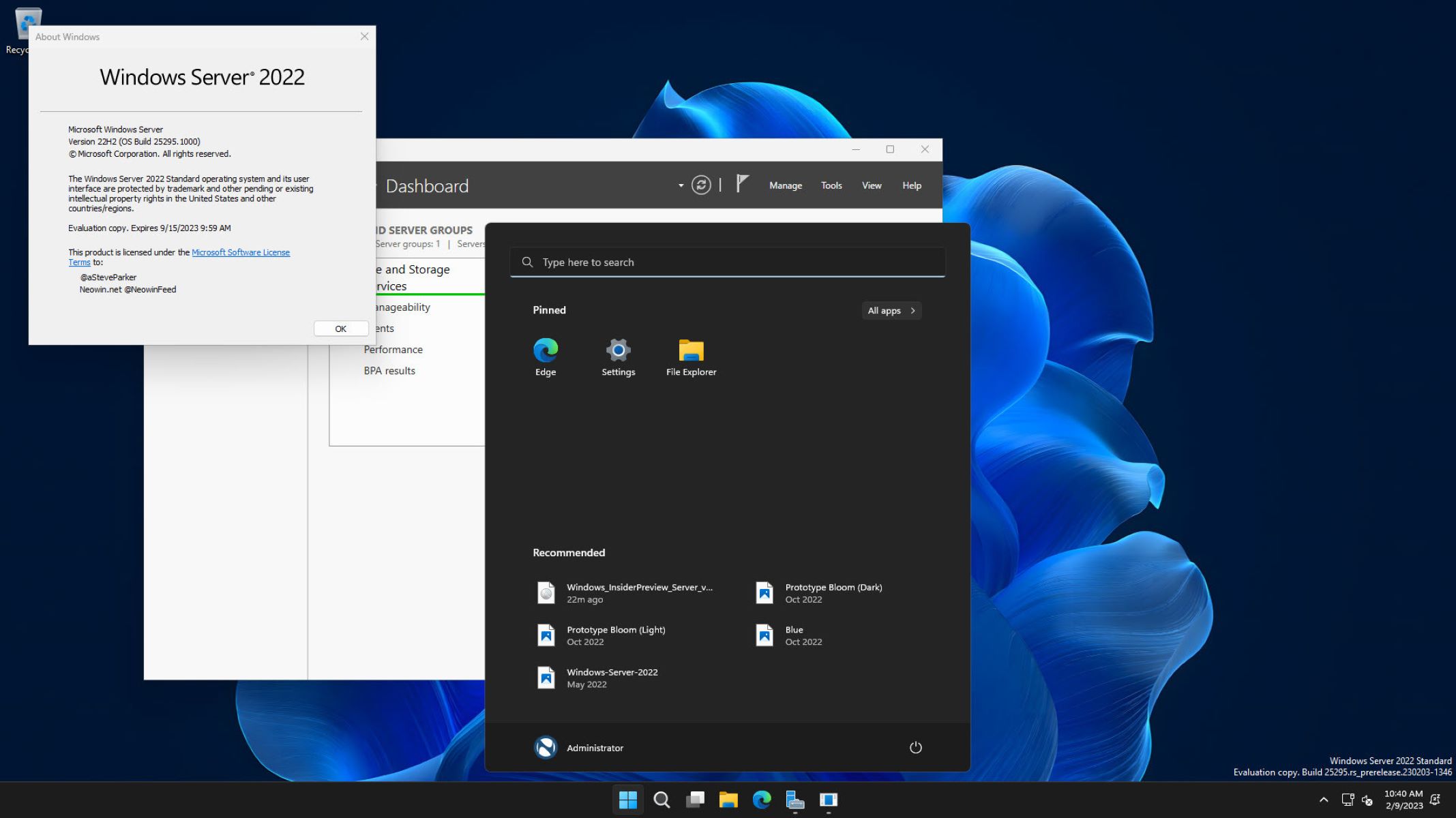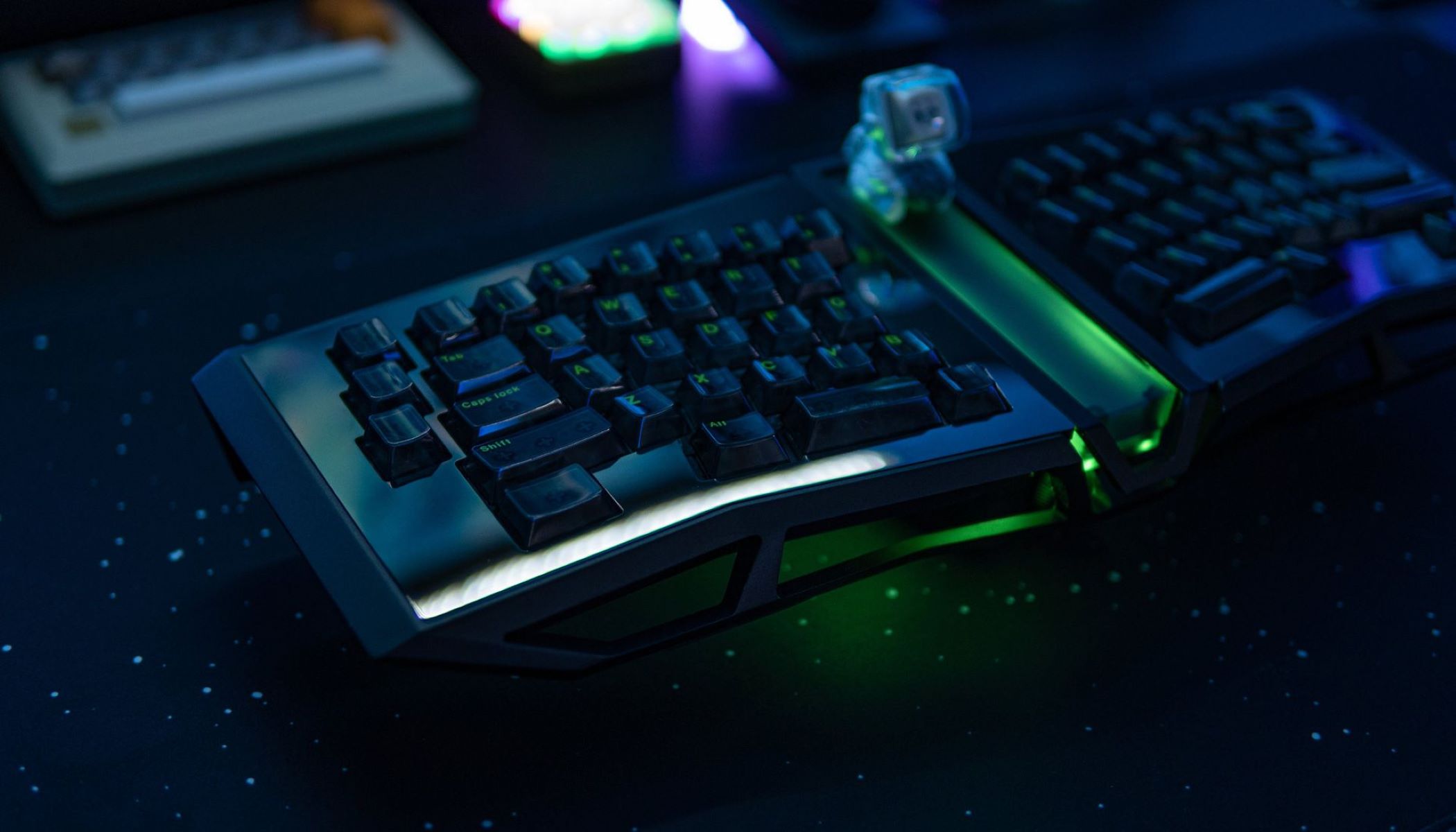Introduction
Welcome to the guide on how to delete workstation backups in Server 2012 R2 Essentials. As your server stores backups of various workstations on your network, it’s essential to manage them effectively to optimize storage space and ensure smooth operations.
Server 2012 R2 Essentials offers a user-friendly interface known as the Dashboard, which allows you to perform various administrative tasks, including managing workstation backups. By following the steps outlined in this guide, you’ll be able to navigate through the Dashboard and delete unnecessary backups in just a few simple clicks.
Deleting workstation backups that are no longer needed not only helps free up valuable storage space but also ensures that your server operates efficiently. Additionally, by removing backups of workstations that are no longer in use or have been replaced, you can streamline the backup process and reduce clutter.
Before we begin, it’s important to note that this guide assumes you have administrative privileges and are familiar with Server 2012 R2 Essentials. If you’re unsure about any steps or if your server setup differs from the default configuration, it’s recommended to consult the server documentation or seek assistance from a qualified IT professional.
Prerequisites
Before proceeding with the process of deleting workstation backups in Server 2012 R2 Essentials, make sure you meet the following prerequisites:
- A computer or device with administrative privileges to access the server and perform the necessary actions
- Server 2012 R2 Essentials installed and running on your server
- Basic knowledge of navigating through the Server 2012 R2 Essentials Dashboard
- Understanding of the backup process and the importance of managing backups
If you meet these prerequisites, you’re all set to begin the process of deleting workstation backups. If not, take the time to familiarize yourself with the necessary concepts and acquire the required access before proceeding.
It’s also worth mentioning that the specific steps involved in deleting workstation backups may vary slightly depending on your server configuration and any customizations you may have made. However, the general process should remain the same.
Now that you have the necessary prerequisites in place, let’s dive into the step-by-step process of deleting workstation backups in Server 2012 R2 Essentials.
Step 1: Open the Dashboard
The first step in deleting workstation backups in Server 2012 R2 Essentials is to open the Dashboard. The Dashboard is a user-friendly interface that allows you to perform various administrative tasks and manage your server effectively.
To open the Dashboard, follow these steps:
- Log in to the computer or device with administrative privileges that is connected to the server.
- Launch the Server 2012 R2 Essentials Dashboard application. You can typically find it in the Start menu or on the desktop, depending on your server configuration.
- Once the Dashboard opens, you’ll be presented with an overview of your server’s status and various management options.
By opening the Dashboard, you gain access to the tools and features necessary to manage your server effectively, including deleting workstation backups.
Now that you’ve successfully opened the Dashboard, you can proceed to the next step, which involves navigating to the Devices tab.
Step 2: Open the Devices Tab
Once you have opened the Server 2012 R2 Essentials Dashboard, the next step is to navigate to the Devices tab. The Devices tab is where you can manage and view the list of workstations connected to your server and their associated backups.
To open the Devices tab, follow these steps:
- In the Dashboard, locate the navigation pane on the left-hand side of the screen.
- Among the various options in the navigation pane, find and click on the “Devices” tab. This will bring up the Devices page.
Upon clicking on the Devices tab, you will see a list of workstations that are connected to your server. Each workstation will have its respective backup shown in the list, along with other relevant information such as the backup status and date of the last backup.
Opening the Devices tab is crucial as it provides you with an organized view of all the workstations and their backups. This makes it easier to identify and select the specific backup you wish to delete.
Now that you have successfully opened the Devices tab, you are ready to proceed to the next step: selecting the workstation backup that you want to delete.
Step 3: Select the Workstation Backup
After accessing the Devices tab in the Server 2012 R2 Essentials Dashboard, the next step is to select the specific workstation backup that you want to delete. By selecting the correct backup, you can ensure that you only remove the backups that are no longer needed, freeing up valuable storage space on your server.
To select the workstation backup, follow these steps:
- In the Devices tab, locate the list of workstations and their respective backups.
- Identify the backup you wish to delete. You can do this by reviewing the backup status, backup date, or by identifying the workstation name.
- Click on the checkbox or select the backup entry to highlight it. This will allow you to focus on the specific backup and proceed with its deletion.
By selecting the correct workstation backup, you ensure that you do not accidentally delete backups that are still in use or are associated with other critical data. It’s important to double-check your selection to avoid any unintended consequences.
Now that you have successfully selected the workstation backup, you are ready to move on to the next step: deleting the backup from the server.
Step 4: Delete the Backup
Once you have selected the specific workstation backup you want to delete in the Server 2012 R2 Essentials Dashboard, the next step is to proceed with the deletion process. Removing unnecessary backups helps optimize storage space and ensures that your server operates efficiently.
To delete the selected workstation backup, follow these steps:
- In the Devices tab, with the backup selected, locate the toolbar at the top of the Dashboard interface.
- Within the toolbar, find and click on the “Delete” button or option. This will initiate the deletion process.
- A confirmation dialog box will appear, asking you to confirm the deletion of the selected backup. Read the message carefully to ensure that you are deleting the correct backup.
- If you are certain that you want to delete the backup, click “Yes” or “OK” to confirm the deletion.
Deleting the selected workstation backup immediately removes it from your server’s storage. It’s important to note that this action cannot be undone, so double-check your selection and ensure that you have a backup strategy in place to prevent data loss.
By following these steps, you can easily delete unnecessary backups and create more space on your server for future backups or other critical data.
Now that you have successfully deleted the selected workstation backup, you can proceed to the final step: confirming the deletion.
Step 5: Confirm Deletion
After initiating the deletion of the selected workstation backup in the Server 2012 R2 Essentials Dashboard, the final step is to confirm the deletion. Confirming the deletion ensures that you are intentionally removing the backup from your server’s storage, eliminating any risk of accidental deletion.
To confirm the deletion of the workstation backup, follow these steps:
- After clicking “Yes” or “OK” to initiate the deletion, a progress dialog box will appear. This indicates that the deletion process is in progress.
- Wait for the process to complete. The duration will vary depending on the size of the backup and the performance of your server.
- Once the deletion is complete, a confirmation message will appear, indicating that the backup has been successfully deleted from your server’s storage.
Confirming the deletion ensures that the selected workstation backup is permanently removed from your server. This action helps optimize storage space and ensures that only necessary backups are retained.
It’s worth emphasizing that once a backup is deleted, it cannot be recovered. Therefore, it’s crucial to double-check your selection and ensure that you no longer require the backup before confirming the deletion.
By following these steps, you can confidently and securely confirm the deletion of unnecessary workstation backups, reducing clutter and improving the efficiency of your server.
Congratulations! You have successfully completed the process of deleting a workstation backup in Server 2012 R2 Essentials.
Conclusion
Managing workstation backups in Server 2012 R2 Essentials is a crucial part of maintaining an efficient and organized server. By following the steps outlined in this guide, you have learned how to delete unnecessary workstation backups, freeing up valuable storage space and streamlining the backup process.
Throughout the process, you have seen how to navigate the Server 2012 R2 Essentials Dashboard, open the Devices tab, select the desired backup, and confirm its deletion. These steps ensure that you only remove backups that are no longer needed, reducing clutter and optimizing storage utilization.
Remember to exercise caution when deleting backups, as the action cannot be undone. Double-check your selection and confirm the deletion only when you are certain that the backup is unnecessary and no longer required.
Regularly managing and deleting workstation backups is essential for maintaining a well-functioning server environment. By keeping your backups organized and removing those that are no longer needed, you can ensure that your server operates efficiently and has adequate storage space for future backups.
For further information or specific queries about managing backups in Server 2012 R2 Essentials, refer to the server documentation or consult with a qualified IT professional. They can provide guidance tailored to your specific server setup and address any concerns or questions you may have.
Congratulations! You now have the knowledge and understanding to effectively delete workstation backups in Server 2012 R2 Essentials. Implement these practices regularly to maintain a streamlined and efficient server environment.







